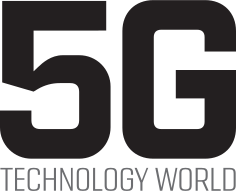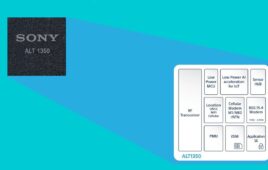Apple is reportedly considering an iPhone model with a curved screen as one of ten prototypes for its next generation of the device.
According to a report in the Wall Street Journal, Apple has asked suppliers to increase their output of organic light-emitting diode (OLED) displays and develop new sample screens with resolution that tops that available from rival Samsung. Apple currently uses LCD technology in its retina displays.
The request comes as Apple battles slowing smartphone sales ahead of the iPhone’s 10th anniversary next year. While IHS Markit analysts noted back in July OLED displays are more expensive, they also said a new lighter screen with better color could help set Apple apart from the competition.
“While OLED is currently more difficult to manufacture, uses more complicated materials and chemical processes, and requires a keen focus on yield-rate management, it is an increasingly attractive technology for smartphone brands,” IHS Markit Senior Director David Hsieh said. “OLED displays are not only thinner and lighter than LCD displays, but they also boast better color performance and enable flexible display form factors that can lead to more innovative design.”
Apple isn’t the only player in the smartphone market eyeing OLED, either. Up and coming Chinese brands Huawei, Oppo, Vivo, and Meizu are also increasing demand for OLED displays.
Samsung Electronics has already switched to OLED displays for its devices, and the company’s Samsung Display Co. has the ability to mass produce the screens. Though Apple, which uses Samsung to supply certain iPhone components, has avoided using Samsung for its displays, the shift to OLED could force it to rely on its rival in the short term, the Wall Street Journal said.
By 2020, IHS Markit has forecast OLED displays will be the leading smartphone display technology, surpassing use of amorphous silicon thin-film transistor LCD and low-temperature polysilicon thin-film transistor LCD displays.




